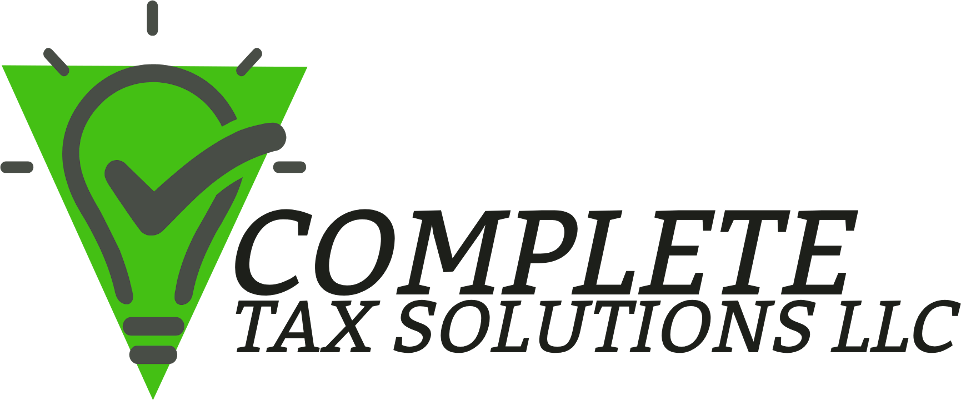Business travel can be costly. Hotel bills, airfare or train tickets, cab fare, public transportation – it can all add up fast. The good news is that if you travel for business, you may be able off-set some of those costs by claiming business travel deductions when you file your taxes. Here’s what you need to know.
Business travel deductions are available when employees must travel away from their tax home or main place of work for business reasons. The travel period must be substantially longer than an ordinary day’s work and a need for sleep or rest to meet the demands the work while away.
Travel expenses must be "ordinary and necessary." That means that expenses that are lavish, extravagant, or for personal purposes can’t be deducted.
Employers can deduct travel expenses paid or incurred during a temporary work assignment if the assignment length does not exceed one year.
Travel expenses for conventions are deductible if attendance benefits the business and there are special rules for conventions held outside North America.
Deductible travel expenses while away from home include the costs of:
- Travel by airplane, train, bus or car between your home and your business destination.
- Fares for taxis or other types of transportation between an airport or train station to a hotel, from a hotel to a work location.
- Shipping of baggage and sample or display material between regular and temporary work locations.
- Using a personally owned car for business which can include an increase in mileage rates.
- Lodging and non-entertainment-related meals.
- Dry cleaning and laundry.
- Business calls and communication.
- Tips paid for services related to any of these expenses.
- Other similar ordinary and necessary expenses related to the business travel.
Finally, don’t forget to keep records to substatiate your deductions. Records such as receipts, canceled checks, credit card statements, and other similar documents will allow your tax preparer to get you the maximum deduction that you are entitled to.
